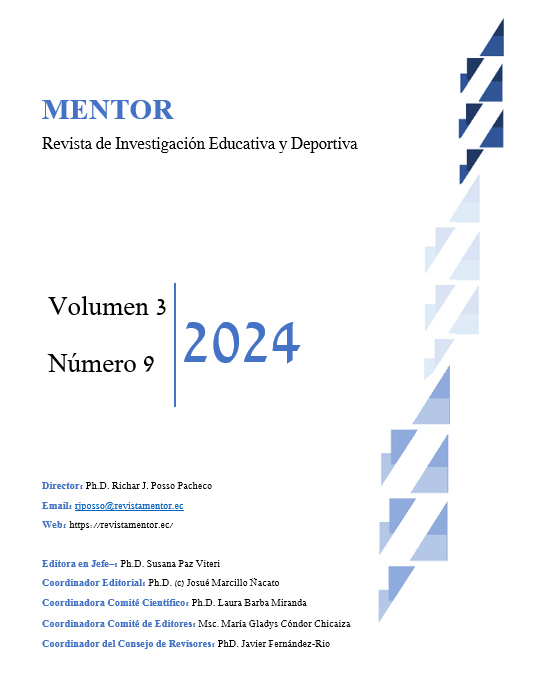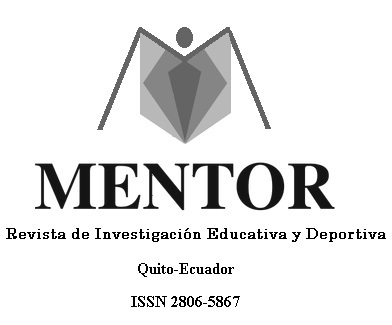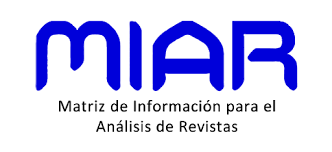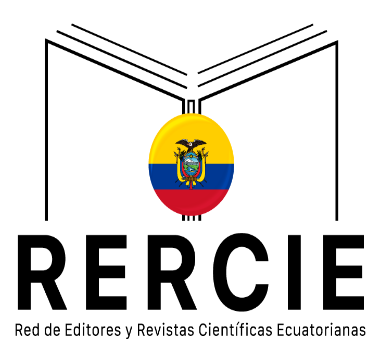Flexibility as a predominant factor to improve the execution of high techniques in Taekwondo
DOI:
https://doi.org/10.56200/mried.v3i9.8399Keywords:
Taekwondo, flexibility, physical capacity, jointAbstract
Considering taekwondo as a contact sport and its main feature based on spectacular techniques, it is highly important that martial arts practitioners develop flexibility as fundamental aspect due to the right execution of such variety of kicks, especially the ones that demand a wide range of the legs. The objective of this research was to develop the flexibility in beginner athletes through some exercise planning activities designed for improving the execution performance of advanced techniques in taekwondo. Also, verify the systematic work and focused to specific areas such as the coxofemoral joint in 12 athletes which proved the efficiency of the implementation and development of the exercise planning activities keeping in mind that the research had a quantitative method which allowed getting samples pretest and post-test then look into them by using the program SPSS which generated positive and accurate results. Similar scientific research articles have confirmed us that both exercises aimed directly to specific areas in the execution of advanced techniques and the right implementation of specific exercises have yielded us expected results in the accomplishment of our stated objective.
Downloads
References
Clavijo, S. (2021). Evaluación del nivel de flexibilidad y su relación con la fuerza y resistencia en deportistas que practican taekwondo en la provincia de Imbabura, periodo 2021. (Tesis de Maestría). Universidad Técnica del Norte. Obtenido de https://repositorio.utn.edu.ec/handle/123456789/11446
De la Fuente, A. y Gómez-Landero, L.A. (2019). Diferencias motoras en atletas cadetes de taekwondo según nivel competitivo. Revista Internacional de Medicina y Ciencias de la Actividad Física y el Deporte 19(73) 63-75. http://doi.org/10.15366/rimcafd2019.73.005
Fajardo, M., & Gómez, P. (2004). Importancia del desarrollo óptimo de la flexibilidad en las artes marciales. Revista EF Deportes. 10(69), 1-12. https://www.efdeportes.com/efd69/flex.htm
Gonzales, A. & Pedroso, C. (2020). Teoría y metodología del entrenamiento del Taekwondo. Las Tunas: Académica Universitaria.
Kenhub. (2023). Articulación coxofemoral. Kenhub. https://www.kenhub.com/es/library/anatomia-es/articulacion-coxofemoral
Martinez, F. (2020). Real federación española de ciclismo. https://rfec.com/index.php/es/smartweb/universo_ciclista/articulo/rfec/179-Beneficios-de-trabajar-la-flexibilidad#:~:text=La%20flexibilidad%20se%20define%20como,morfol%C3%B3gico%2Dfuncional%20del%20aparato%20locomotor.
Paucar, B. M. (2019). La expresión corporal y la danza como recurso motivador y expresivo para desarrollar la coordinación motriz gruesa, en los niños y niñas de nivel inicial de 4 a 5 años de la unidad educativa Nabón. Cuenca, Ecuador. (Tesis de Maestría). Universidad Politécnica Salesiana. https://dspace.ups.edu.ec/handle/123456789/17800
Pellicer, G. G. (2016). Medios y Métodos para el desarrollo de la flexibilidad. https://www.google.com/search?q=desarrollo+de+la+flexibidad&rlz=1C1GGRV_enEC896EC947&oq=desarrollo+de+la+flexibidad&aqs=chrome..69i57j0i13i512l2j0i13i30j0i13i30i625
Ros, J. (2022). Programa para la mejora de la flexibilidad mediante el deporte del Taekwondo. Athlos.
Taekwondo.net. (2021). Cómo mejorar la flexibilidad. https://detaekwondo.net/aprende/como-mejorar-laflexibilidad/#:~:text=Para%20mejorar%20la%20flexibilidad%2C%20tanto,o%20una%20sesi%C3%B3n%20de%20entrenamiento.
Published
How to Cite
Issue
Section
License
Copyright (c) 2024 Lucio Giovani Simba Lugmaña

This work is licensed under a Creative Commons Attribution-NonCommercial-NoDerivatives 4.0 International License.

































